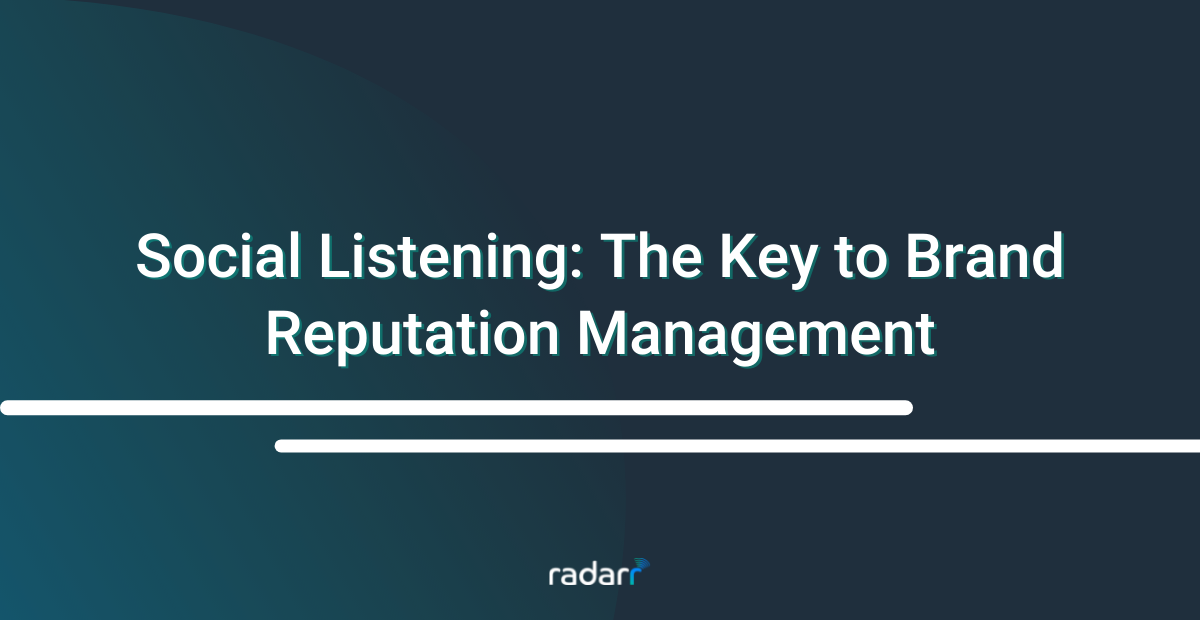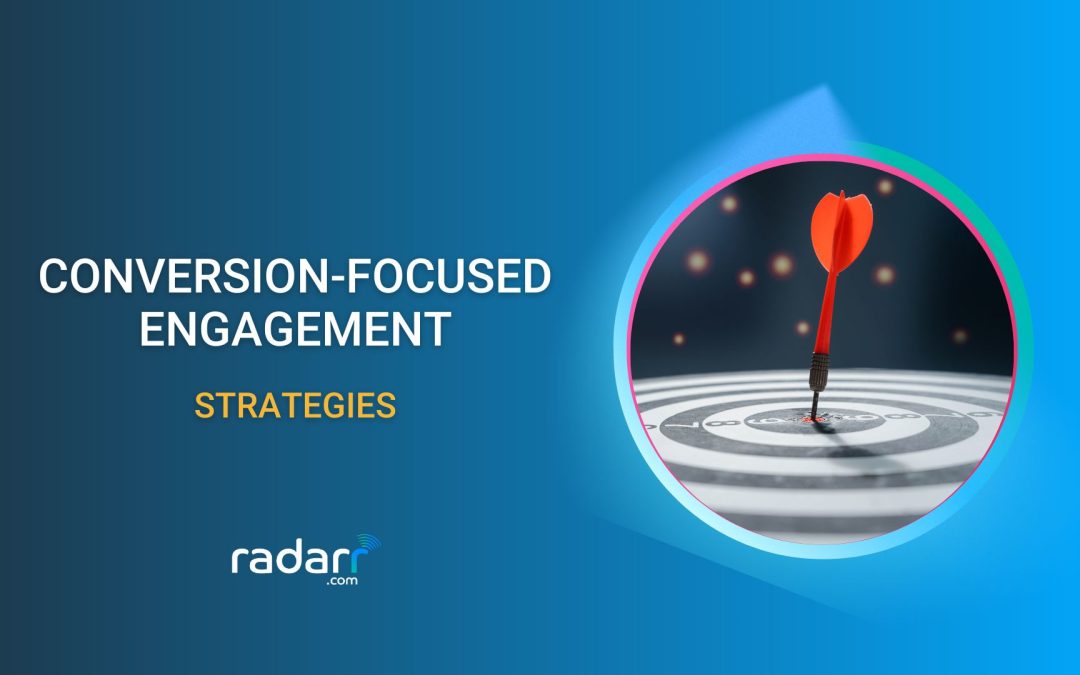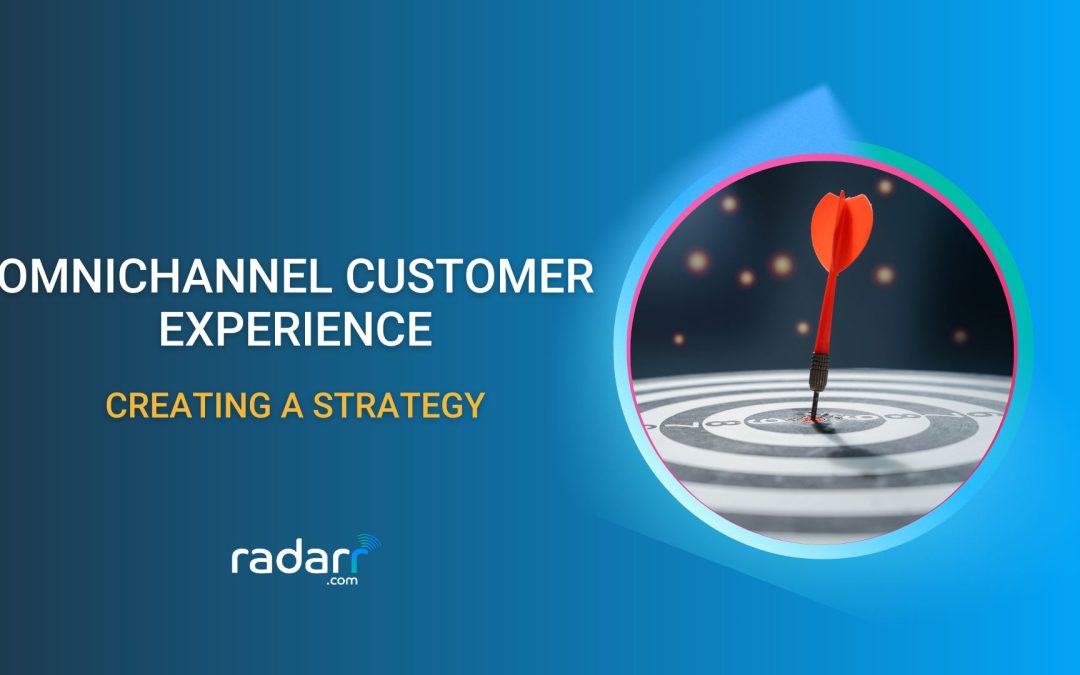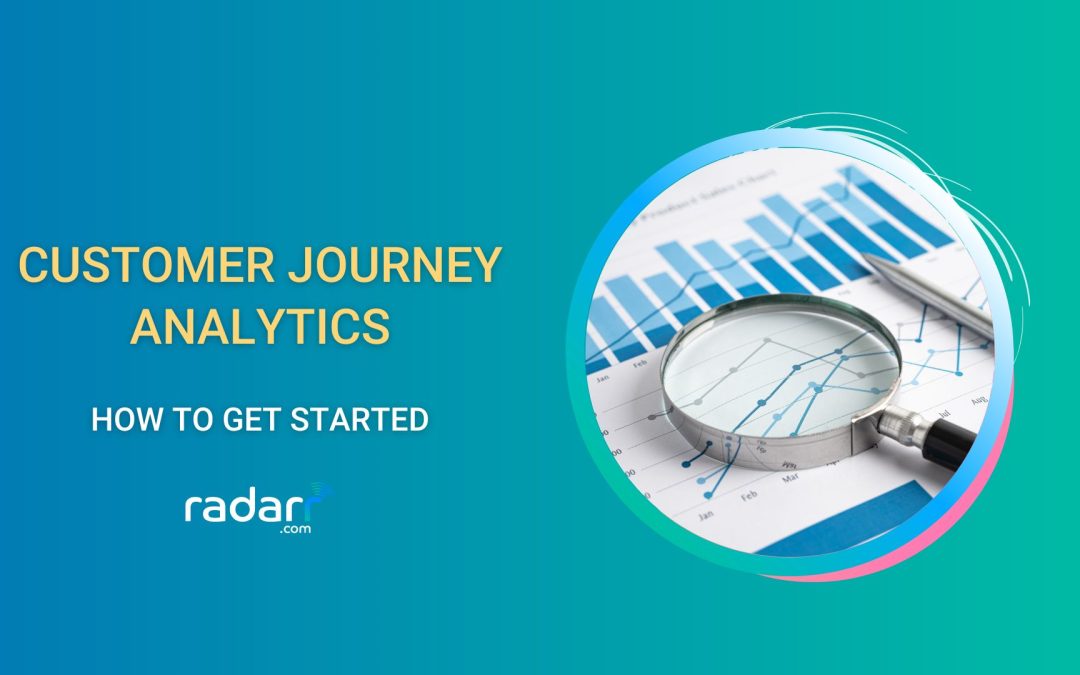Brand reputation management has changed. Much like the rest of our lives, brand reputation management also takes place on social media now.
Now the social media world is a bit of a circus. One where too much is happening, on too many platforms and at all times of the day. There’s our audience to take care of, our competitors and our industry as well. And no matter how much you hustle between social media platforms, something always gets left behind. If you’re into reputation management then you know, one bad review is all it takes for it to come crashing down.
And even if you are managing this colossal task of always doing right by your audience, how will you know if you’re doing a good enough job? Measuring brand reputation isn’t as easy as tracking marketing metrics. Since there are no set standards, it’s difficult to find solid brand reputation data that you can analyse to assess your performance. That’s because the reputation of your brand lies in the words and stories of your audience.
Now this goes without saying but I’m writing this to offer a solution. That solution comes in the form of a social listening tool.
What’s social listening?
Social listening is the process of tracking and analysing social media mentions, conversations and trends that are of significance to your business.
How can it help with reputation management?
Let’s just say that you have this piece of sophisticated software with you. This software is continuously analysing the entire social media space just to tell you every time there’s a chance for you to build some positive reputation. It also helps you track negative comments and alerts you against incoming threats. Let’s call it a social media Radarr.
Having a social media listening tool at your disposal is like having a bird’s eye view of everything going on in the world of social media.
Click here for the complete guide to social media listening.
Now let’s get into the specifics of how a social listening tool can help with brand reputation management.
1. Building brand confidence through content
The content you post online is always the first impression users have of your brand.The kind of language you speak and the tone of your voice is extremely important. Are you sounding too salesy by rambling on about your product? Or are you trying to educate and provide value? That makes a world of difference.
A social listening tool will analyse the entire social media ecosystem, including your audience, your competitors and the industry as a whole. Then it’ll give you content creation ideas based on what these users are talking about, engaging with and sharing. A tool like Radarr even goes a step further and predicts upcoming trends using its advanced AI.
Thus you have a whole arsenal of content ideas that you know for sure will interest your target audience.
Next, social listening can help you ascertain what format of content users prefer and also how they like to share it. Do they prefer videos over images or vice versa? Maybe they prefer blogs and long form content? Use this data to decide the medium and format of your content strategy.
Once users start getting value out of your posts, they’ll start sharing and engaging with it, thereby increasing confidence and trust in your brand.
Never forget, the main idea behind your content is to make users feel…content.
2. Building trust through influencers
Influencers are a huge deal in the world of marketing. But they’re a big part of brand reputation management as well. Influencers are the medium through which new audience segments hear about your brand. A study shows that a staggering 80% of consumers have purchased something via an influencer recommendation. This goes to show that influencers are trusted and bring their goodwill to whichever brand they choose to promote.
Another notable stat is that 22% of brands struggle to find appropriate influencers. This is another problem social listening solves.
Use a social listening tool and discover users who like and advocate your brand. Identify positive conversations about your brand and find people who started them. Find people who resonate with your target audience. Thus, you can identify micro and macro influencers that will advocate for your brand and build trust amongst the users.
3. Develop an emotional bond through sentiment analysis
A brand wins the reputation management game when it manages to create a solid emotional bond with its customer. To create such a bond, you need to be able to understand how your audience feels about your brand at any given point of time.
This can be achieved through sentiment analysis.
Sentiment analysis is a technology which will let you know the emotion behind a particular conversation or comment. It uses a combination of machine learning and natural language processing to detect if a particular communication is positive, negative or neutral in nature.
One way to build a bond is by delighting your customer further when they’re already thrilled with your brand. Get alerted when a user makes a positive comment and then reply to them with something that will bring out a joyful laugh. You can even choose to share it on your own social media account.
Another way is to be there to take the blow and offer solutions when they’re unhappy with you. This might seem obvious, but it’s more important for you to address negative comments compared to the positive ones. As soon as your social listening tool alerts you of a negative comment, you need to offer them some kind of a personalised resolution. The key to this is urgency. If you can show an unhappy customer that they’re valued and important to you, then chances are that you won’t lose them. Also, the negative comment will not spread like wildfire and turn into a crisis
You’ll also be alerted on how your audience feels about popular and trending topics. Validate their feelings with a post supporting their opinion and you start to form a connection with them.
Learn more about sentiment analysis here.
Also Read: The big question – Instagram Reels or Carousels? What to choose?
4. Set standards by analysing competition
We’ve spoken about the challenge of measuring and analysing your brand reputation efforts. One way to do this is to benchmark your engagement and exposure against that of your competitors.
You can set up your social listening tool to track mentions of your competitors and other players in your industry, the same way you do for your own brand. Compare your brand mentions and sentiment with that of your competitors. That’ll give you a fair idea of your strengths, weaknesses and the work you need to do. The main idea is to beat your competition and stay ahead of the pack.
Since your competitors also operate in the same environment, there’s a lot to be gained by monitoring their activities.You can find new opportunities and maybe even borrow some of their ideas.You can also learn about tried and tested PR campaigns and tactics from them.
A few competitor metrics to keep an eye out for are-
- Campaign performance
- Brand & Product Sentiment
- Social Media Engagement
- Share of Voice
Also Read: Best Year in Review Campaigns
5. Elevate customer experience through social media response
Your brand’s credibility revolves around customer satisfaction. A satisfied customer will directly impact your reputation and will provide a long-term revenue stream. Also, customer experience has become the most important variable that influences a purchase decision.
In fact, 86% of buyers claim they are willing to pay more for a great customer experience.
The problem lies in the fact that in today’s age of instant gratification, the expectation of quick and instant replies has become quite normal. So much so, that your brand reputation is directly impacted by how quickly and efficiently you resolve customer support issues.
With a social listening tool, you have the ability to respond to queries from all social media platforms on one single dashboard. You can also filter through the traffic and choose to respond to queries that need your immediate attention.
With a robust social media response platform, it becomes much easier to increase your first contact resolution rate (FCR).
Learn more about improving your social media response time here.
6. Measure brand health and reputation
Competitors aren’t the only benchmark that you can measure your performance against.
Social listening allows you to measure how many people are talking about you, the sentiment around your brand and how much interest your PR campaigns are getting.
Apart from brand mentions, a tool like Radarr also gives you other metrics that can be used to measure your brand health and reputation.
These include-
- Volume of Conversation: How many people are talking about you?
- Conversation Themes: What topics are these conversations revolving around?
- Conversation Sentiment: Are people reacting in a more positive, negative, or neutral manner to you?
- Channel Analysis: From Facebook to Blogs, which channels are most of the mentions coming from?
- Share of Voice: Out of all the conversations about your industry, how many mention your brand?
7. Prevent crises
From negative reviews to a marketing blunder, anything can catch fire and end up becoming a crisis.
At a time like this, what’s most important is how you respond and how quickly you respond.
With social listening, you’ll be alerted of a probable disaster even before it happens. So you either stop it from happening or take corrective measures in time.
For example, Radarr gives you the following alerts so that you avoid such situations-
- Negative Sentiment Alert: Be notified when conversations with a negative sentiment exceed a certain threshold
- Influencer Alert: Stay updated if an influential person with a significant number of followers has mentioned the crisis
- Engagement Alert: Receive a notification if a mention garners a high volume of engagement
Thus you’ll have all the insights you need to manage a crisis.
Final thoughts
Now that you have a better understanding of how to use social listening to manage brand reputation, it’s time to get to work. You can start by getting a social listening tool.
Here is the complete guide to Instagram social listening.
Here is the complete guide for online reputation management and why it is important.
Click here for a free demo of Radarr.
Essentially a social listening tool hears what the masses are saying about you and gives it back to you. Use this data to make up your own rules and completely reinvent the way you do brand reputation management.












